
If you enjoy eating out, you know that Indian cuisine can sometimes be hard to find.
Finding a great Indian restaurant takes some time as well as some trial and error.
The problem is that, when you do find one, chances are it will be a bit expensive to eat there.
Indian food happens to be one of the more expensive foods for eating out.
If you have ever wondered why Indian food is so expensive, we have some helpful information to fill you in.
Why Is Indian Food So Expensive?
1. Many Ingredients

Did you know that most Indian dishes are going to have twenty or thirty ingredients in them?
Although some of these ingredients may be a spices or herbs, that is still quite a few ingredients.
When you eat something like a French fry or a pizza, you will not get anywhere near the 30-ingredient mark.
Not only is it expensive to include these ingredients in the food they are preparing, it is expensive to keep them all, purchase them all, and make sure they are in stock.
Keeping track of four or five different ingredients to make sure things are fresh and viable to use in a meal is not all that hard.
Keeping track of hundreds of ingredients is an entirely different ball game.
When you eat Indian food, you will be eating quite a few different types of food, and it will all be fresh as well.
This is a major commitment for an Indian restaurant to take on, and it’s one of the things that causes this to be a less popular type of restaurant.
Think about this from an ownership position for a minute.
Would you rather be making pizza with three basic ingredients or Tikka Masala with 25 ingredients?
Most people will opt for the simpler and easier cooking method that will net them a higher profit.
If you want great Indian food, it is going to have a lot of ingredients, and you are going to pay for all of them.
2. Time to Cook

In addition to being filled with several ingredients, Indian food can take a long time to make.
Most of the time, when people go out to eat, they expect to have their meal in a reasonable amount of time.
People don’t want to wait for an hour or more just to get the food they ordered.
Certainly, we can’t blame them, and restaurants don’t want tables filled with people for hours on end either.
After all, the more turnover the restaurant makes, the more profit they can make in a day.
An Indian restaurant is going to have to prepare the food ahead of time and hope that it is ordered throughout the night.
As you can imagine, this is a very difficult thing to navigate.
There will be times when certain meals will sell out and times when others do not sell at all.
Most restaurants will stay closed during the day and open up a bit before the time the patrons start to show up.
Since Indian food takes so many hours to cook, it requires somebody to get to the restaurant in the morning and prepare food all day long.
Of course, this leads to the increase in the price of the food that is prepared for consumption.
Overall, if you cannot precisely plan the food out and eliminate waste, the overall cost of the food that is served is going to be quite a bit higher.
When you eat in an Indian restaurant, you will know that you are getting a lot of value from the food you eat.
The food was prepared throughout the day while you were working or doing other things.
The time put into the food is certainly worth part of the money you are paying for it.
3. Harder to Find

How many Indian restaurants do you have in your town?
Chances are you have more Thai and Chinese restaurants than you do Indian restaurants.
We know for a fact you have more fast food and pizza places than you do Indian restaurants.
Overall, this is not surprising.
Based on some of the difficulties we just mentioned, you can see that Indian restaurants are difficult to open and difficult to keep open.
It takes a lot of work, excellent cash management, and lots of great cooking to be able to keep an Indian restaurant open in the long term.
Since there are fewer of these restaurants around, they can charge more.
This is an example of supply and demand.
People like Indian restaurants, and when the supply is low, the pricing will usually get quite a bit higher.
People will often have to drive a few towns over to get to a great Indian restaurant.
Unfortunately, if a restaurant knows it is attracting people from far away, it also knows it can charge higher prices and still be able to fill the restaurant with customers.
Some areas of the country do not have Indian restaurants at all.
With Indian cooking, you will need to have a great deal of knowledge before you start putting meals and dishes together.
Trying to start an Indian restaurant if you have never been in the restaurant business before is going to be quite difficult.
Many Indian restaurants end up closing soon after they start up.
People underestimate the time and the expense it takes to successfully operate one of these restaurants, and that makes them hard to find.
4. Expensive Ingredients

Have you ever tried Indian cooking at home?
In addition to needing tons of ingredients, some of the individual spices are quite expensive.
If you look at some of the most popular Indian recipes, you will see that they contain ingredients like saffron, cloves, and turmeric.
These ingredients are quite costly.
In fact, saffron is the most expensive spice in the world.
Although there are some ways to get saffron for slightly less, Indian restaurants need to be prepared to spend a lot of money on spices.
Of course, if they cut corners when it comes to spices, the food will lose its appeal.
People will not return to an Indian restaurant that has bland tasting food.
Another popular spice in Indian cooking is cardamom.
Cardamom is grown in India, and it is very popular in curry dishes.
Cardamon is nicknamed the Queen of Spices, and it is something people have come to recognize as a common ingredient in Indian food.
5. Overhead Expenses

Like any other restaurant, an Indian restaurant is going to have high overhead expenses.
Not only do they need to rent or own a commercial space, but they also need to pay for electricity, employees, supplies, taxes, and more.
As we mentioned, Indian restaurants need employees during the day to prep food for the night.
The daytime employees will make sure things are ready for the night and that food is in order should there be a large crowd.
Restaurants only make money when they have diners in their establishment.
Anytime a restaurant is paying employees to be there while there are no diners in place, they will have a hard time being profitable.
The overhead expenses are also high in the Indian restaurant business because of the number of ingredients they need to have on hand at any given time.
Owners will need to stock up on spices and supplies, but they don’t know if they will sell these.
It takes time to get established and turn a profit, and that makes the overhead quite high in this Indian restaurant business.
Unfortunately, when the overhead is high, the restaurant owners will need to charge more for their food.
With food and drink being the only source of revenue, they need to sell a lot of food and drink to cover the money that is going out.
There won’t be much you can do about the overhead expenses of restaurants.
These expenses are going to remain high at all times and will always be incorporated into the costs you pay to eat at the establishment.
How to Save Money on Indian Food

Indian food is expensive.
We have established five clear reasons for this food being so expensive.
Many people are looking to eat Indian food but for much less money.
There are a few ways you can do this.
For starters, it is a good idea to look for lunch specials at Indian restaurants.
Usually, lunch costs quite a bit less, and the portion sizes will not be that much different from the dinner portions.
Lunch crowds are typically smaller, and you can sometimes get your food quicker as well.
If you are set on eating Indian food for dinner, you can always pick it up at lunch and then heat it up and eat it later.
Look for specials at Indian restaurants.
Sometimes on a slow night, you may be able to find an Indian restaurant that does a special.
Some will do a curry night or something similar where a traditional meal is reduced in cost by a few dollars.
Look for coupons in local publications as well.
Sometimes if there are coupons for Chinese or Thai food, you will find one for Indian food as well.
These will not be that easy to find, and you should make sure you use them when they become available.
Lastly, you can always choose to make your own Indian food.
The most important thing to do when you start cooking Indian food is plan your meals accordingly.
Since these meals need so many ingredients, you won’t want to get too involved at the beginning.
Start with something like a curry.
Learn to perfect this dish and then move on from there.
Look for your next dish to be something which also uses a lot of the same spices you would need for a curry.
If you can keep the ingredient purchases to a minimum, you will end up saving a lot of money.
The problem with cooking Indian food at home is that your initial costs for the spices are going to be very high.
Once you have yourself a little more established, you will be able to cook Indian food for less than you can purchase it in a restaurant.
Conclusion
Most people would admit that, even though Indian food is expensive, it is worth the expense.
The flavor you get from a properly prepared Indian meal is undoubtedly something unique and special.
For those who have never tried eating at an Indian restaurant, you will leave the restaurant understanding a bit more about why this food is expensive.
Be glad you are not the owner of the restaurant, having to prepare and stock all of these ingredients, day in and day out.
For an Indian restaurant to be successful, they have to be very good at what they do.
NEXT: Why Is Velveeta So Expensive? (Top 5 Reasons)

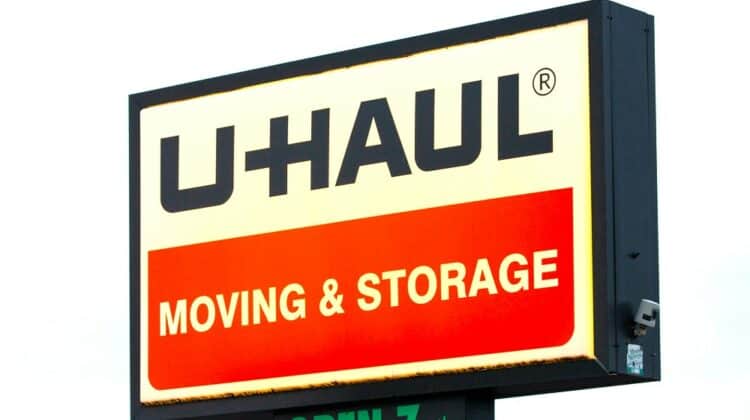
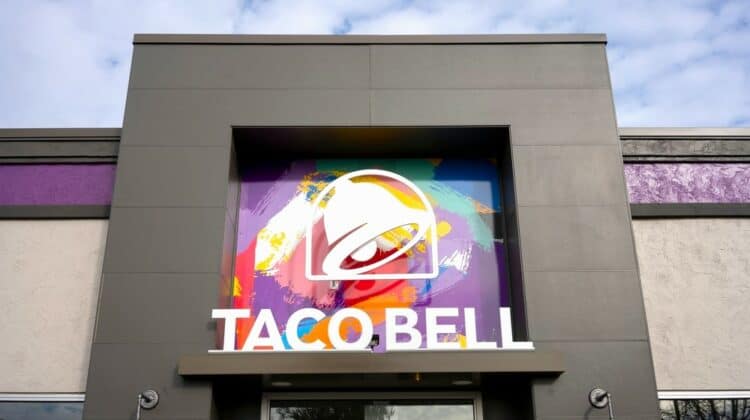
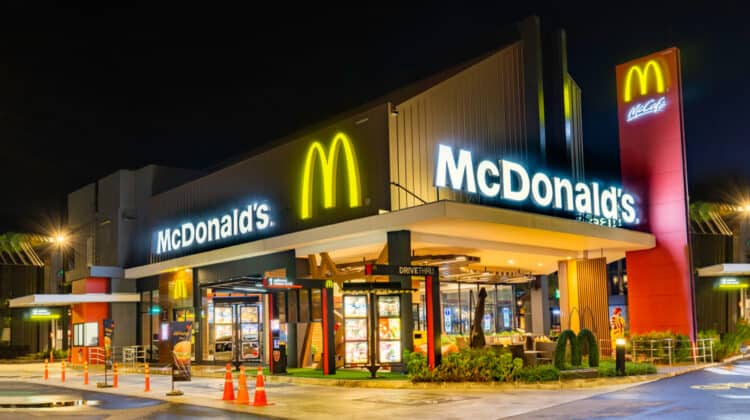








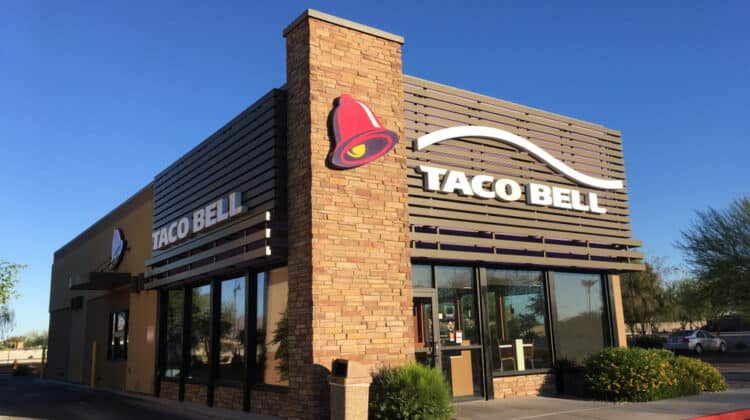
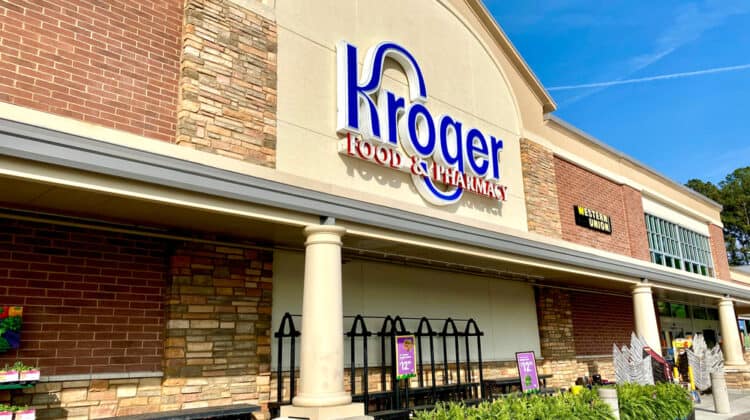
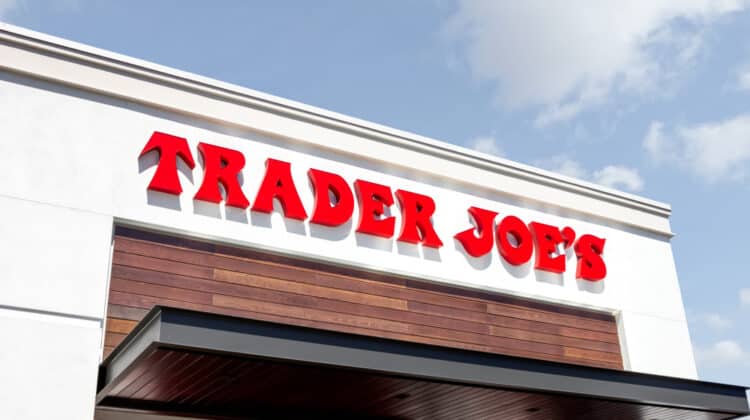
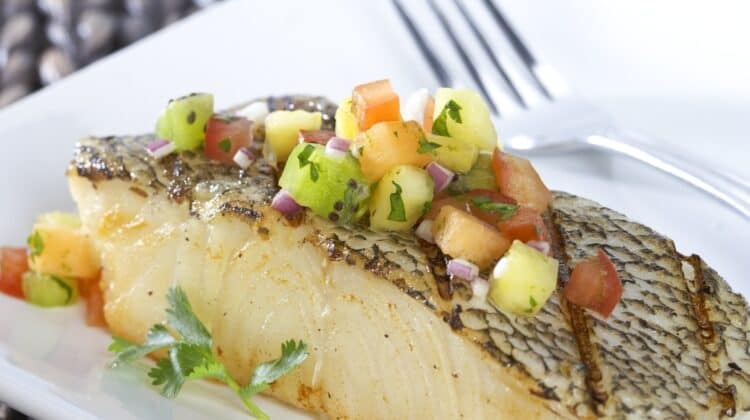
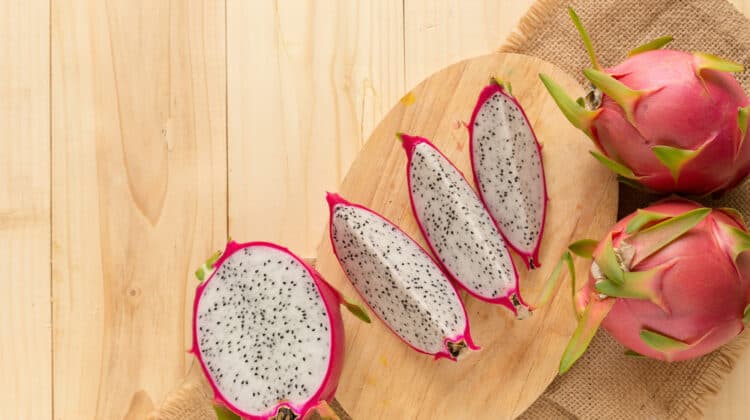
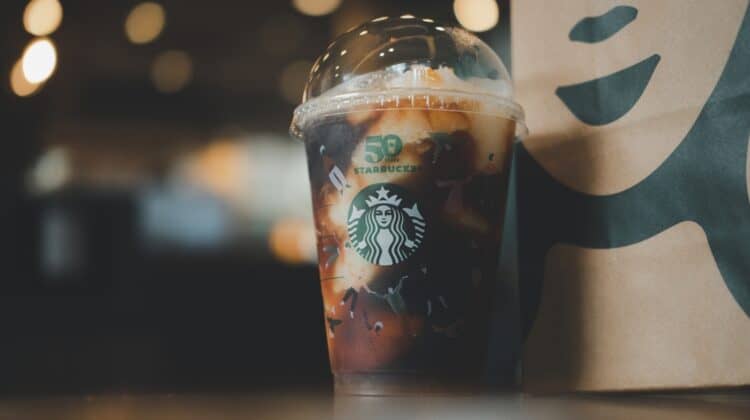

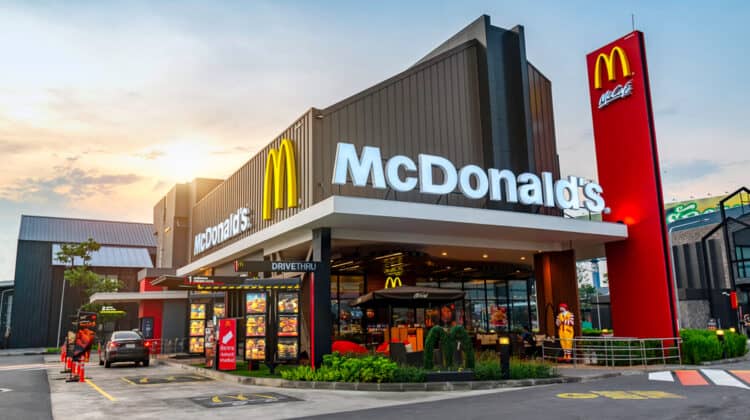

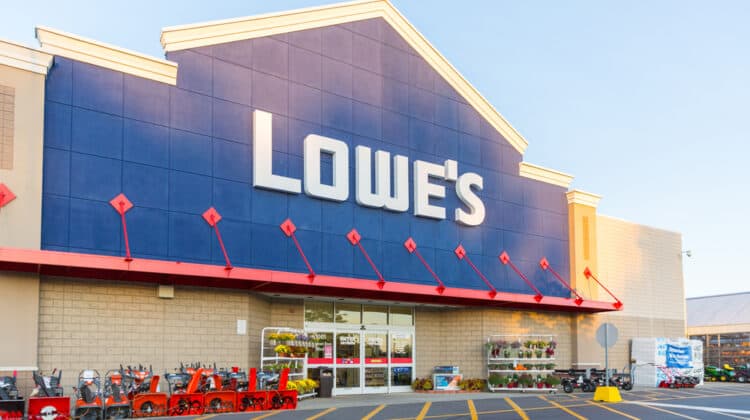


Pintu’s Restaurant in Springfield Massachusetts are robbing local people for years with price grouching. Their rice and goat meat is $40 dollars plus tax. Go figure.
Here in Montreal, it is not as expensive as Italian,, French or Greek food. We have a lot of Indian immigrants in the English districts., But you really have to convince them to make the vindaloo hot enough. After they know you, it kills!